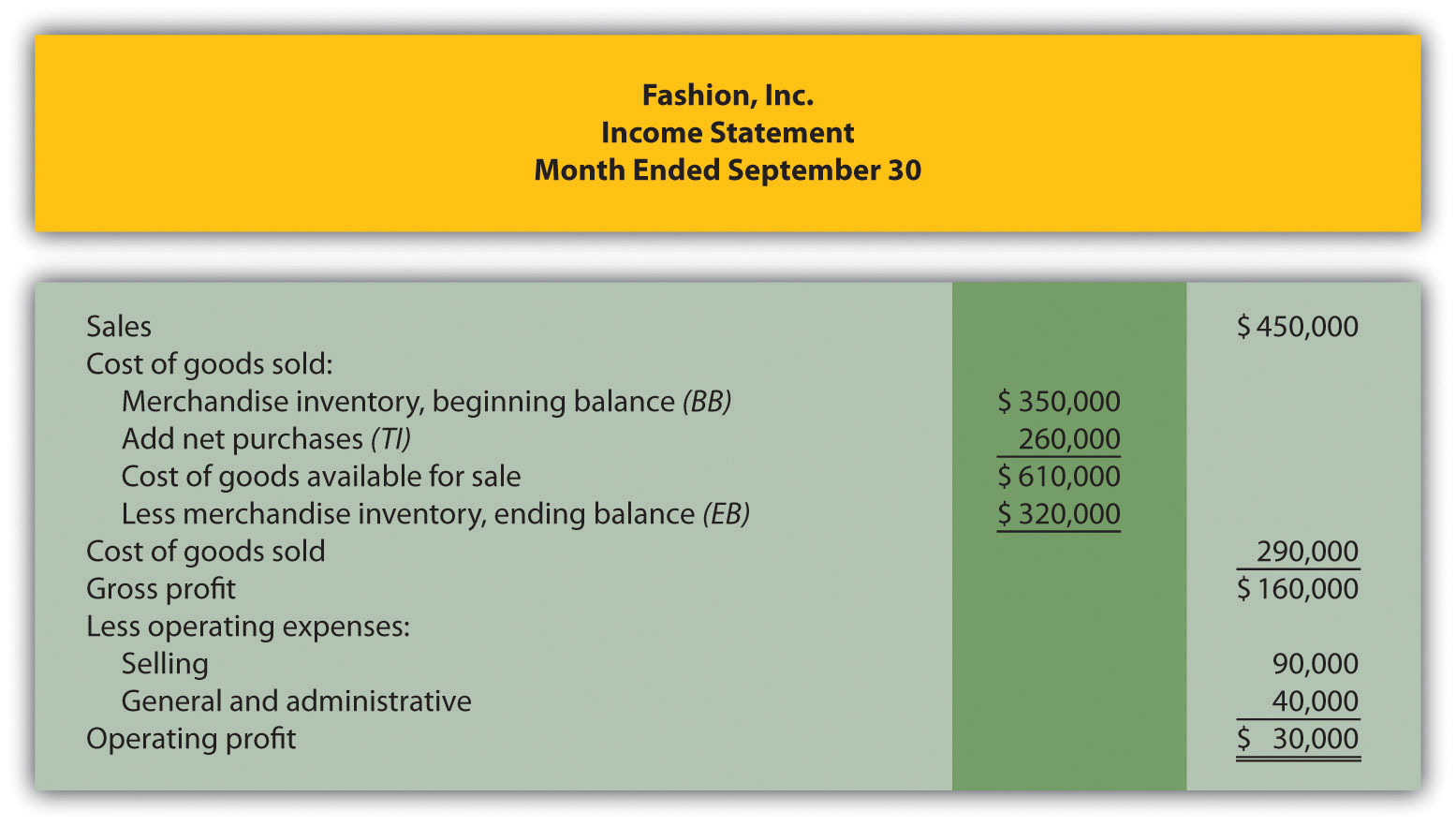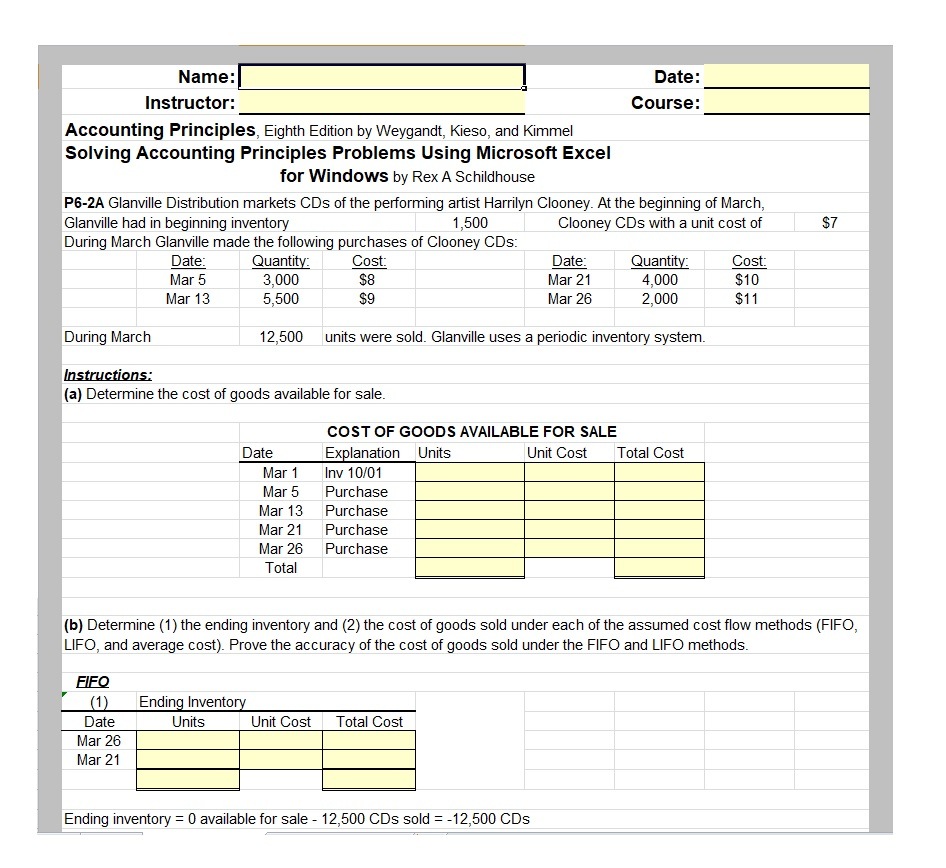
It doesn’t reflect the cost of goods that are purchased in the period and not being sold or just kept in inventory. It helps management and investors monitor the performance of the business. The average cost method uses a basic average of all similar items in the inventory, regardless of purchase date.
Average Cost Method
- He has a proven track record of success in cost accounting, analyzing financial data, and implementing effective processes.
- Inventory at the beginning of the calendar year, recorded on January 1st, 2018, is $11,000, and the Inventory at the end of the calendar year, recorded on December 31st, 2018, is $3,000.
- Accordingly, under FIFO method, goods purchased recently form a part of the closing inventory.
- This means, physical periodic verification of the inventory records is required.
- So, the cost of all such goods is covered under COGS that is showcased as one of the items in the income statement.
We know that there is consumer demand so how do we improve our margins? Should we increase marketing efforts and focus on pushing higher-margin products? We’re getting better rates from our vendors so what if we promote the newer arrivals first so that we can sell the products with the lower cost first (assuming a FIFO inventory method)? Let’s chat with marketing regarding new campaigns and with supply chain to ensure we can handle the added shipping volume without excessive delays in light of the pandemic.
Factors Affecting COGS

This is really important for potential investors as they only want to invest in a profitable company. Notice that this number does not include the indirect costs or expenses incurred to make automatic extension the products that were not actually sold by year-end. The purpose of the COGS calculation is to measure the true cost of producing merchandise that customers purchased for the year.
What is the COGS if the beginning and ending inventory is $1,000 and purchase is $500?
Cost of goods manufactured is the total cost incurred by a manufacturing company to manufacture products during a particular period. Gross margin is an important metric that often involves operations, procurement, supply chain, and sales teams because of the significant impact of COGS on a company’s performance. In addition, gross margin and COGS analysis inform companies how to maximize revenue or generate more cash. Reduced earnings further may be misinterpreted by the investors thereby reducing the company’s stock price. Further, the ending inventory in the balance sheet recorded at oldest costs understates the working capital position of the company. By tracking such a figure for a host of companies, they can know the cost at which each of the companies is manufacturing its goods or services.
For instance, a company purchased 100 items for $15 each for the 1st quarter of 2022, then purchased 100 more items for $20 each. The gross profit metric represents the earnings remaining once direct costs (i.e. COGS) are deducted from revenue. But not all labor costs are recognized as COGS, which is why each company’s breakdown of their expenses and the process of revenue creation must be assessed.
CFI is the global institution behind the financial modeling and valuation analyst FMVA® Designation. CFI is on a mission to enable anyone to be a great financial analyst and have a great career path. In order to help you advance your career, CFI has compiled many resources to assist you along the path. The company might become slightly more efficient as it scales, so COGS may not be exactly $72, but we would expect something in that range for this type of growth in a short period. However, this formula is most effective when inventory is the bulk of COGS.
The formula for calculating COGS involves adding opening stock, direct expenses and purchases, then subtracting the closing stock from this amount. However, some companies with inventory may use a multi-step income statement. COGS appears in the same place, but net income is computed differently. For multi-step income statements, subtract the cost of goods sold from sales.
Now, the cost of closing inventory is calculated by taking the cost of the latest or the most recent purchase, then calculating backwards till all inventory items are considered. That may include the cost of raw materials, the cost of time and labour, and the cost of running equipment. It’s subtracted from a company’s total revenue to get the gross profit.
In accordance with the matching principle and accrual basis of accounting, COGS should be recorded in the same period as the revenue it generated. ASC 606 requires companies to apply the 5-step revenue recognition principle to transactions with customers and directs companies to recognize revenue when earned. Cost of revenues includes both the cost of production as well as costs other than production like marketing and distribution costs.
Due to inflation, the cost to make rings increased before production ended. Using FIFO, the jeweller would list COGS as $100, regardless of the price it cost at the end of the production cycle. Once those 10 rings are sold, the cost resets as another round of production begins. Cost of Goods Sold (COGS) is a critical figure for businesses to track, as it directly impacts profitability. By understanding how to calculate and reduce COGS, companies can improve their bottom line.
COGS only includes costs and expenses related to producing or purchasing products for sale or resale such as storage and direct labor costs. That may include the cost of raw materials, cost of time and labor, and the cost of running equipment. Selling the item creates a profit, but a portion of that profit was lost, due to the cost of making the item. These costs are recorded and presented in Income Statement right below total sales for the period, and they are used to calculate gross profits and gross profit margin. Salaries and other general and administrative expenses are not labeled as COGS.





